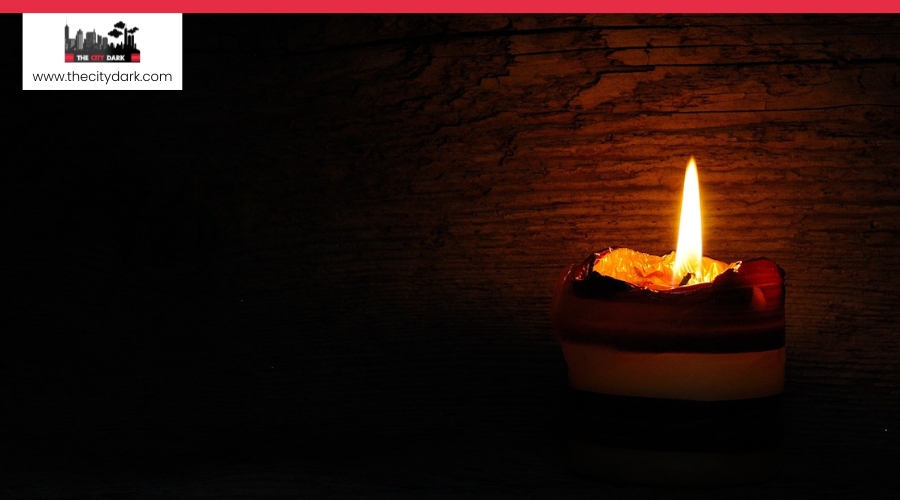How to Safely Use Generators for Emergency Lighting
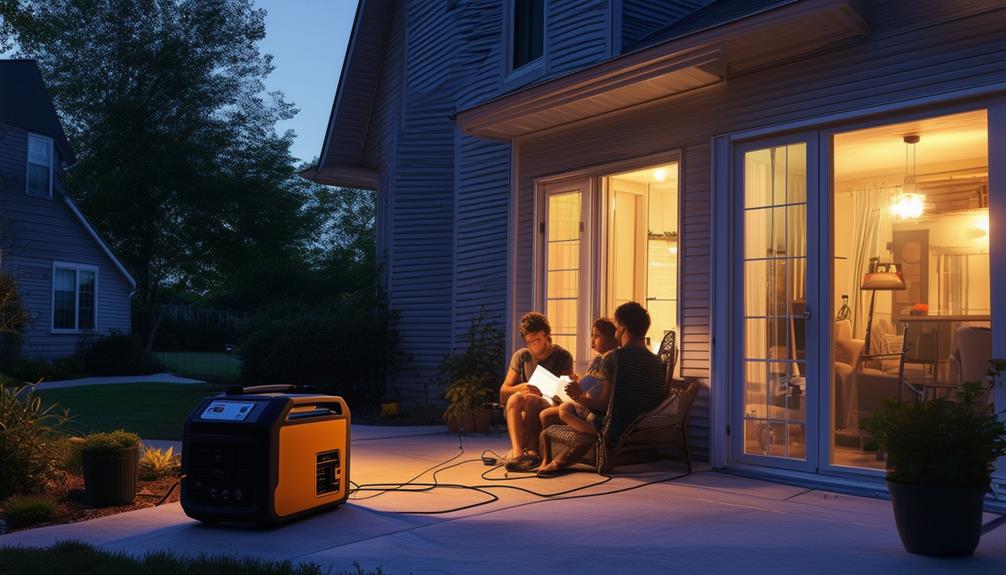
When setting up a generator for emergency lighting, prioritize safety to avoid hazards. Operate the generator outdoors in a well-ventilated area to prevent deadly carbon monoxide buildup. Use heavy-duty, outdoor-rated extension cords and keep the generator at least 20 feet from your home to minimize fire risks. Always turn off the generator before refueling to prevent accidents. These steps are essential for ensuring safety and proper generator function.
Understanding Generator Hazards
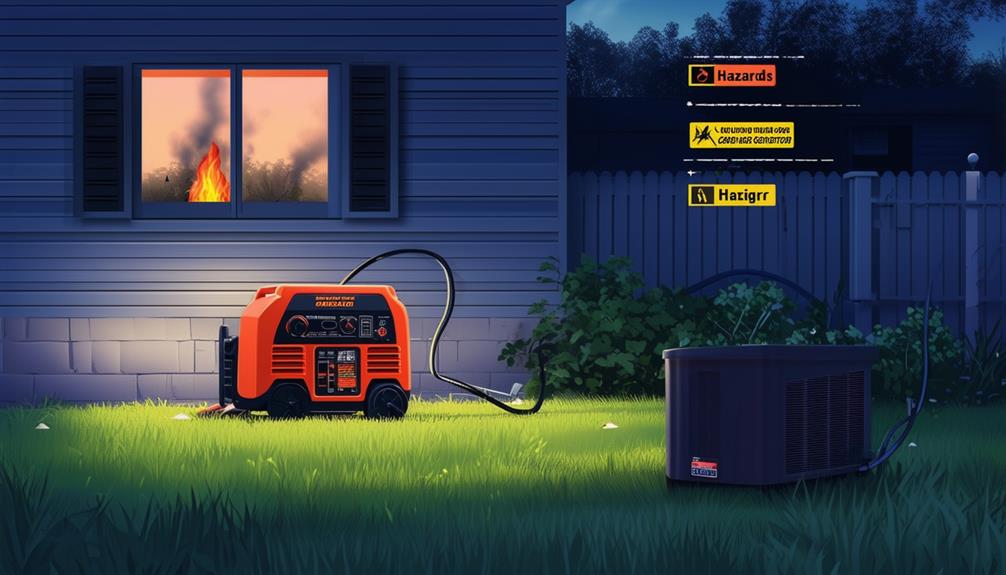
When using generators for emergency lighting, it's crucial to understand the potential dangers they pose, particularly the risk of carbon monoxide (CO) poisoning. Carbon monoxide is an invisible, odorless gas that can be fatal. Generators emit CO, especially when used indoors or in partially enclosed areas. Therefore, it's essential to always operate your generator outdoors, away from windows, doors, and vents, to prevent this toxic gas from infiltrating your living spaces.
Proper ventilation is vital when running a generator. Without it, carbon monoxide can accumulate quickly, endangering everyone nearby. Ensure the exhaust is directed away from the house and any occupied areas. Even when used outdoors, it's advisable to install battery-powered carbon monoxide alarms in your home and test them regularly. These alarms can alert you to any hazardous buildup of the gas.
Understanding these generator hazards is the first step to using them safely. By focusing on the risks associated with carbon monoxide, avoiding indoor usage, and ensuring adequate ventilation, you can significantly reduce the dangers of generator use. Always prioritize safety to protect yourself and your loved ones.
Safety Tips for Generator Use
When using a generator for emergency lighting, never operate it indoors or in partially enclosed areas to prevent carbon monoxide poisoning. Always use heavy-duty, outdoor-rated extension cords to connect appliances and avoid electric shock hazards. Install battery-powered carbon monoxide alarms on every level of your building for added safety.
Prevent Carbon Monoxide Poisoning
To ensure your safety while using a generator, it's crucial to prevent carbon monoxide poisoning. Carbon monoxide (CO) is a colorless and odorless gas that can be deadly if inhaled. Never operate generators indoors or in partially enclosed spaces like garages or basements. Always place generators outdoors, at least 20 feet away from doors, windows, and vents to prevent CO buildup.
Install battery-powered carbon monoxide alarms on every level of your home. These alarms can detect harmful CO levels early, allowing you to take action before it becomes dangerous. Test these alarms regularly to ensure they're functioning correctly.
Follow the manufacturer's instructions for generator use, including proper maintenance and directing exhaust away from living areas. If your carbon monoxide alarm goes off, don't ignore it. Immediately move to fresh air and seek medical attention, as CO exposure can be life-threatening.
Avoid Electric Shock
After taking steps to prevent carbon monoxide poisoning, it's equally important to protect yourself from electric shock while using a generator. First, always use heavy-duty extension cords to connect appliances directly to the generator. Avoid linking the generator directly to your home's power supply, as this can be extremely dangerous and lead to electric shock.
Hiring a qualified electrician for proper generator installation is essential. They'll ensure that your setup complies with local electrical codes, significantly reducing the risk of electric shock. Additionally, request a power transfer switch installation from your utility company. This switch safely transfers power from the generator to your home, avoiding direct connections that can cause electric shock.
Ensure your generator meets Level 1 power source standards as defined by NFPA 110, which include safety measures to prevent electric shock hazards. Furthermore, consider connecting non-emergency loads to a separate Automatic Transfer Switch (ATS). This setup isolates emergency and non-emergency circuits, enhancing overall safety.
Preventing Carbon Monoxide Poisoning
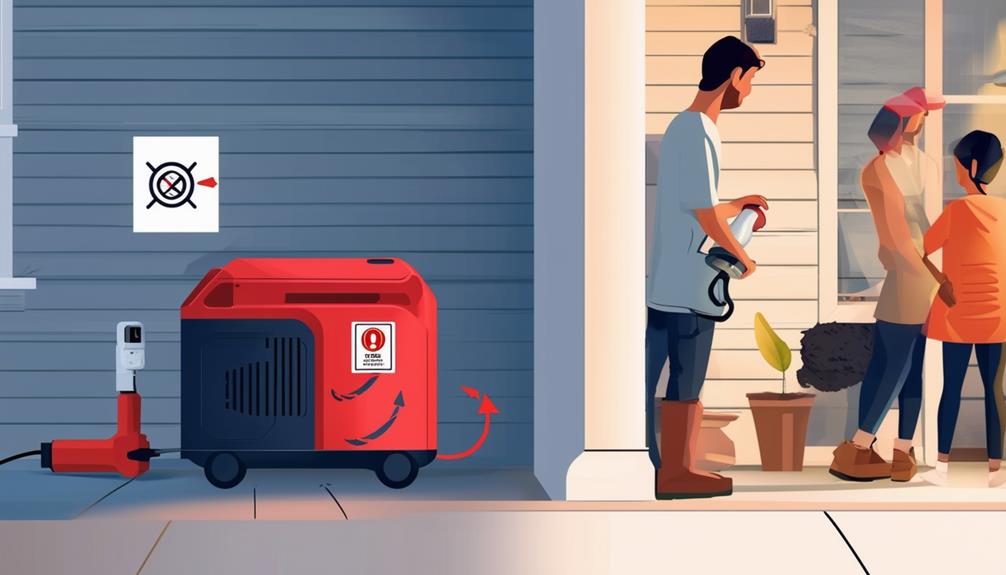
Generators can be lifesavers during power outages, but their improper use poses a serious risk of carbon monoxide (CO) poisoning. To prevent this, always operate generators outdoors, positioned at least 20 feet away from doors, windows, and vents to avoid CO infiltration. CO is a colorless, odorless gas that can be deadly, making it crucial never to use generators indoors or in partially enclosed spaces like garages or porches, even with open windows.
Install carbon monoxide alarms on every level of your home to detect CO buildup. Regularly test alarm batteries to ensure they function correctly. If a CO alarm sounds, turn off the generator immediately and move everyone to fresh air.
Seek medical attention if anyone experiences symptoms of CO poisoning, such as dizziness, headache, or nausea. By following these guidelines, you can use generators safely and effectively during emergencies.
Avoiding Electrocution Risks
To avoid electrocution risks, connect appliances to generators using sturdy extension cords rather than linking them directly to your home's power supply. This precaution is essential for your safety and helps prevent electric shock hazards. Attempting a direct connection to your home's wiring can result in severe electrocution risks and damage your electrical system.
For a safer installation process, always hire a certified electrician. They ensure the generator setup complies with local electrical codes and guidelines, enhancing both safety and operational efficiency. Additionally, requesting your utility company to install a power transfer switch can significantly increase safety. This switch prevents backfeeding, which poses serious risks to utility workers and your household.
Key points to remember:
- Use sturdy extension cords: These are designed to handle the load and reduce the risk of electric shock.
- Avoid direct connections: Never connect a generator directly to your home's power supply.
- Hire a certified electrician: Professional installation ensures compliance with local electrical codes.
- Install a power transfer switch: This enhances safety and prevents backfeeding.
Fire Safety Measures

Ensuring fire safety when using a generator involves several critical measures to protect your home and family. First, always store generator fuel in labeled safety containers and keep them outside of living areas to prevent fire hazards and minimize potential risks. Additionally, always turn off the generator before refueling to reduce the chance of accidental fires caused by spilled fuel coming into contact with a hot engine.
Another important measure is to operate the generator outdoors. Using it indoors poses significant fire dangers and increases the risk of carbon monoxide poisoning. Ensure the generator is positioned at least 20 feet away from your home, and keep it away from windows, doors, and vents. It's also crucial to avoid storing fuel near any fuel-burning appliance, as the proximity of combustible materials to an active heat source can lead to accidental fires.
Choosing the Right Generator
Selecting the right generator for emergency lighting begins with calculating the total wattage and amperage your system will need. Start by listing all the lights and devices you'll use during an emergency. Once you've determined the total power requirements, choose a generator that can provide more amps than the total required for your emergency lighting. This extra capacity ensures that your system runs efficiently without overloading the generator.
To assist you in visualizing the process, consider the following:
- Calculate Total Load: Add up the wattage of each light and device.
- Amp Rating: Select a generator that offers a higher amp rating than the total calculated.
- Permanent vs. Portable: Decide if you need a permanently-installed stationary generator or a portable one.
- Consult with an Electrician: Verify the generator meets National Electrical Code® and local codes.
Proper installation of the generator is essential. Poor installation can lead to hazards and compromise the safe operation of your emergency lighting system. Always consult with a professional electrician to confirm that your generator is installed correctly and safely. This necessary diligence will provide peace of mind, knowing that your emergency lighting will function reliably when you need it most.
Resources for Further Information
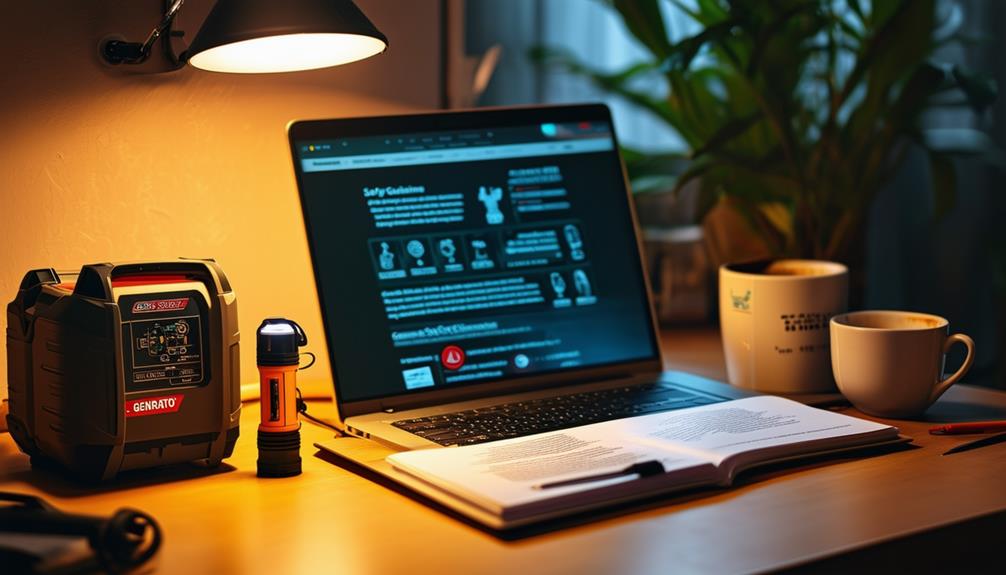
For detailed guidance on safe and effective emergency lighting and generator use, consider the following resources:
- CDC and FEMA Generator Safety Video: This video provides practical tips on safely using your generator during a power outage. It's essential viewing to avoid common pitfalls and ensure the safe operation of your equipment.
- OSHA's Website: For comprehensive information on portable generator safety, OSHA's website offers extensive best practices. This resource will help you prepare and understand potential hazards associated with generator use.
- FEMA's Website and Social Media: Staying updated is crucial for effective emergency preparedness. FEMA's website offers updates on events like Hurricane Ida and essential generator safety recommendations. For real-time advice and updates, follow FEMA Region 6 on Twitter and Facebook. Their social media channels are excellent for keeping you informed during emergencies.
- CDC's Carbon Monoxide Poisoning Video: To prevent carbon monoxide poisoning, watch the CDC's dedicated video. Understanding the risks associated with improper generator use and how to mitigate them is crucial for your safety.
These resources will equip you with the necessary information to safely navigate any power outage scenario.
Conclusion
To ensure safe and effective use of generators for emergency lighting, it's crucial to follow specific guidelines. Always operate your generator outdoors and away from any openings to prevent carbon monoxide poisoning. Use durable, outdoor-rated extension cords, and never connect the generator directly to your home's power supply without a proper transfer switch.
Store fuel securely and refuel only when the generator is turned off and cool. Regularly test carbon monoxide alarms to ensure they're functioning correctly. Adhering to these practices guarantees that your emergency lighting remains both safe and reliable.




